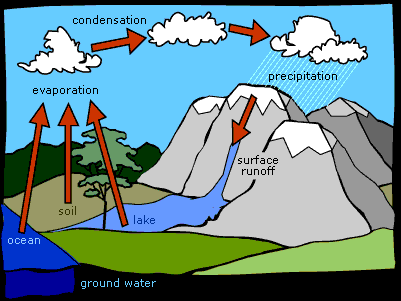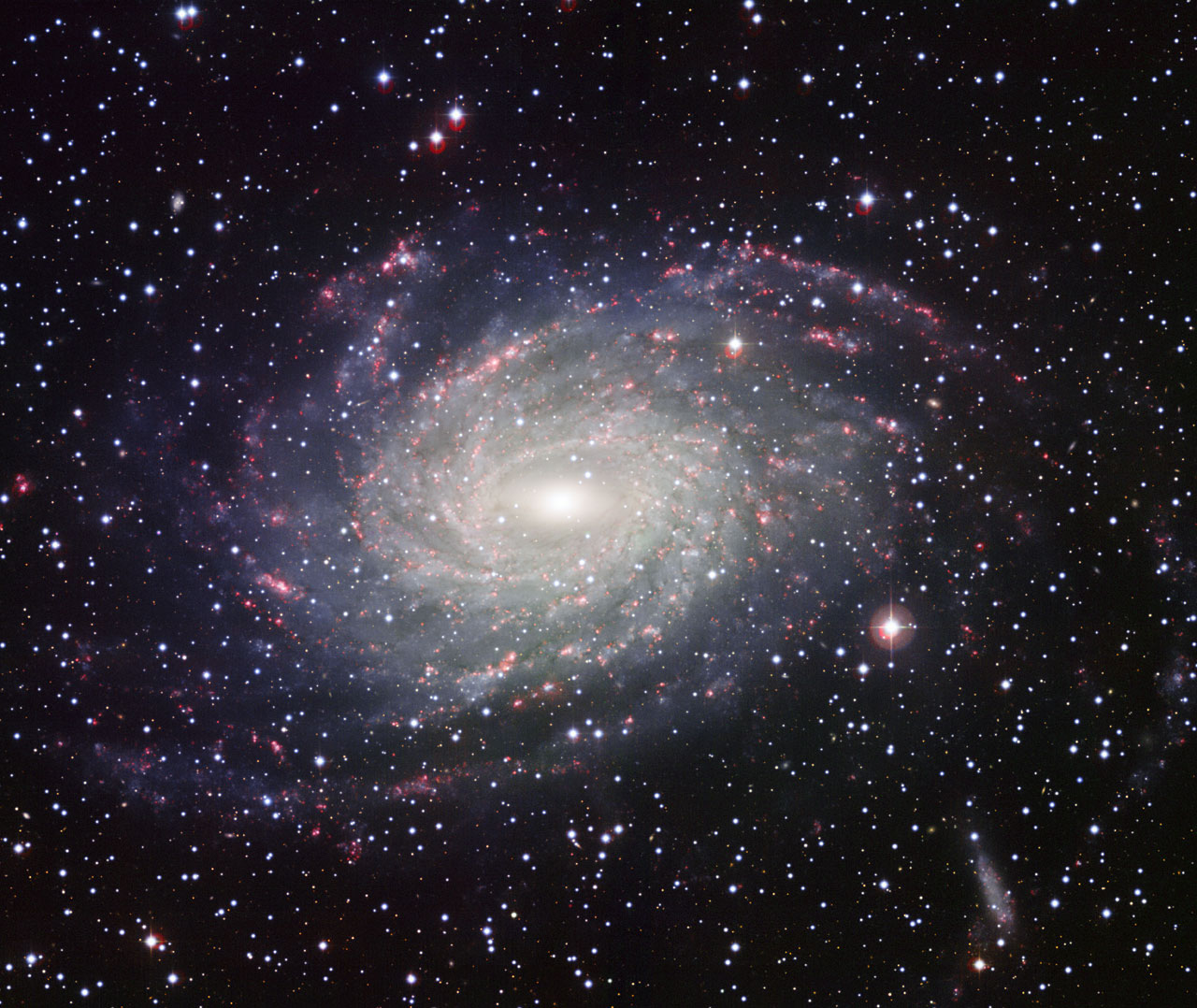INTRODUCTION
We measure time in our lives with
watches and calendars. For longer periods of time, we use:
- Decade: period of 10 years.
- Century: period of 100 years.
People and places have history.
We get information from the past from two types of sources:
- Written sources are documents
or books from the past.
- Non-written sources are oral
evidence like paintings or objects from the past.
STAGES
OF HISTORY
PREHISTORY
The period before writing was
invented.
People moved from place to place,
hunted animals, fished and lived in huts and caves. They created beautiful
paintings and discovered fire and agriculture.
ACTIVITY: LIFE IN PREHISTORIC TIMES
ACTIVITY: LIFE IN PREHISTORIC TIMES
HISTORY
The period since writing was
invented. It comprises different periods:
Ancient History: It
is the period of early civilizations, like the Roman, which had a great
influence on our History. It started in what we call Italy nowadays. The
created the Roman Empire. There were free men and slaves, constructed many
buildings, roads and aqueducts and spoke Latin.
ACTIVITY: LIFE IN THE ROMAN CIVILISATION
ACTIVITY: LIFE IN THE ROMAN CIVILISATION
The Middle Ages: It
started around the year 500. People from the north and east of Europe, like the
Visigoths, conquered the territory of the Roman Empire. They created the
kingdom of the Iberian Peninsula. In the eighth century, Muslims from North
Africa conquered most of the peninsula. Muslims and Christians lived together
for many centuries in Spain.
ACTIVITY: THE MEDIEVAL CHRISTIAN SOCIETY
ACTIVITY: THE MEDIEVAL CHRISTIAN SOCIETY
Modern Times: There
were many changes after the fifteenth century. Cristobal Colón discovered
America in 1492. There were also many cultural changes; the invention of the printing
press was very important.
ACTIVITY: THE MODERN TIMES
ACTIVITY: THE MODERN TIMES
Contemporary Times: It
is the period that we now live in. There were many changes in the nineteenth
century: industry developed, many cities grew, there were many inventions,
there was great technological progress (computers, television…), there was a
great progress in health care (vaccines, x-rays…)… However, the twentieth
century was a time of wars and conflicts. This century was also known for
developing educational and human rights.

































